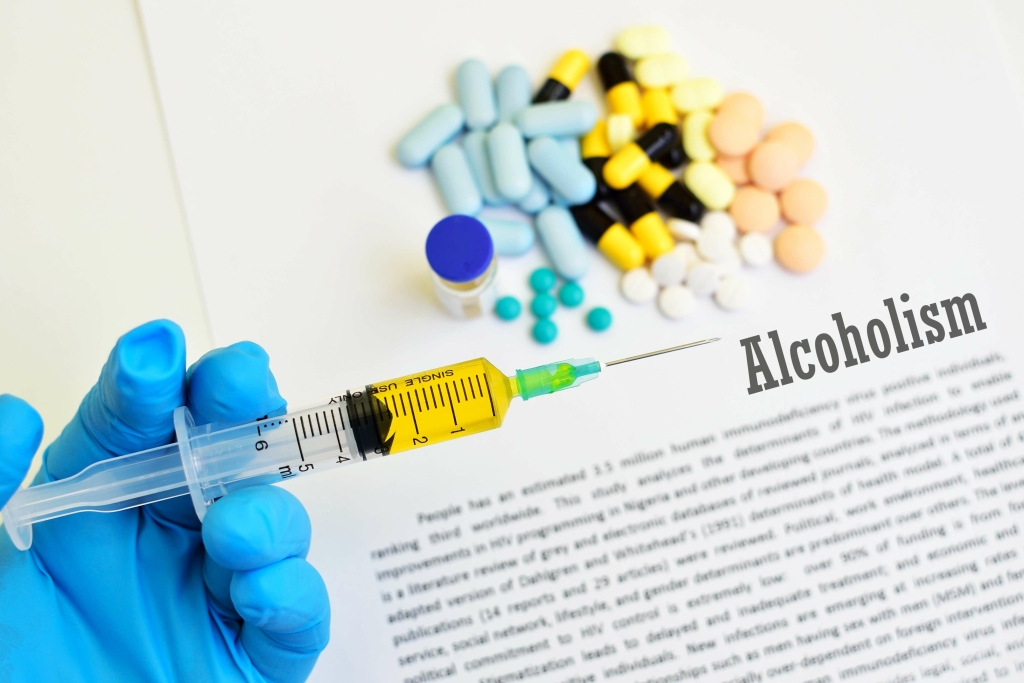Getting Ready Your Service Division For The Busy Season 5 Greatest Practices
September 3, 2025Finest All of us A real income Mobile Gambling enterprises and you can Apps Get 2024
September 29, 2025Women have lower amounts of the enzyme, alcohol dehydrogenase, needed to break their drinks down, so they are left with higher levels of a substance that is toxic to organs like the liver. Moreover, women have less body water to dilute the alcohol they’ve consumed — the end result is that alcohol in their systems becomes more concentrated, Karaye said. Previous studies found that women are drinking greater amounts of alcohol, with binging becoming increasingly common, and that may at least partially explain the rising rates of complications like cirrhosis, he said. Experts said more awareness of the health risks of drinking could help encourage women to scale back. “Historically, there’s been differences in prevalence rates of alcohol use between men and women. And essentially, that gap has now closed and the ratio between men women and alcoholism and women’s drinking is almost at 1 to 1,” said Sherry McKee, director of the Yale SCORE Program on Sex Differences in Alcohol Use Disorder.
Sexual Orientation

For more on how to help someone struggling with addiction, check out how to support a friend who is in addiction recovery. Understanding the signs of alcoholism in women is crucial for recognizing the problem and seeking help. For those looking to support loved ones in recovery, consider reading about how to support a friend who is in addiction recovery and overcoming stigma in addiction recovery. “When we digest alcohol, it’s digested with an enzyme called alcohol dehydrogenase,” Sutton said. “Women typically have lower amounts of this enzyme, therefore exposing them to more toxic effects and negative long-term effects. I’m talking about liver disease, pancreatitis, heart failure and also beyond that, lower rates of fertility, earlier menopause and increased rates of colon cancer and breast cancer.”
- For example, does the availability of female-specific programming, whether in female-segregated or mixed-gender settings, increase AUD treatment utilization by women?
- However, the rate of death among women increased more rapidly over the same period, up to 14.7% between 2018 to 2020 versus 12.5% in men over the same two years.
- Framing AUD treatment for women in the context of a general health and wellness approach that addresses other health behaviors may increase appeal, reduce stigma, and enhance utilization.
- Such findings highlight the importance of universal screening and brief intervention for alcohol use by pregnant women as recommended by the US Preventive Services Task Force (2018).
- The absence of visible signs in your body doesn’t mean alcohol isn’t taking a toll and doesn’t make you crazy.
Women and Binge Drinking
BetterHelp offers affordable mental health care via phone, video, or live-chat. ABC News Medical Contributor Dr. Darien marijuana addiction Sutton told “Good Morning America” that there is a physiological difference between men and women when it comes to the effects of drinking, making women less able to metabolize alcohol as quickly as men. Why choose Avery Lane for Women as your preferred provider to overcome alcohol use disorder? Read copyright and permissions information.This information is designed as an educational aid for the public.
Links to NCBI Databases
Treatment services have typically been designed around male service users, with few designed to meet women’s needs, for example through providing childcare or women-only spaces 18. While alcohol use and related harms were historically more prevalent among men than women, this gender gap has now closed. Explanations offered for the rise in women’s drinking include women’s changing role in the workplace and changing education levels, lifestyle shifts, alcohol advertising targeting women, ‘empty nest syndrome’ among middle-aged women when their children leave home, and ‘ladette’ culture among younger women. Few studies have compared women’s outcomes from mixed-gender versus women-only programs that were not adapted with female-specific content.
Body Scan Meditation

Because of body composition and other factors, women achieve a higher blood level of alcohol for each drink compared to men. This means women can become intoxicated faster and maintain blood alcohol levels longer, all which can lead to an increased risk for developing long-term health problems. Women who drink more than light to moderate amounts of alcohol (more than about 7 drinks a week) are at increased risk of car accidents and other traumatic injuries, cancer, hypertension, stroke, and suicide. In addition, drinking at an elevated rate increases the likelihood that a woman will go on to abuse or become dependent on alcohol. A major 2016 review identified there are over 400 medical conditions that co-occur with FASD, affecting nearly every system of the body, including the central nervous system, vision, hearing, cardiac, circulation, digestion, and musculoskeletal and respiratory systems, among others 63. Those with FASD have also been found to experience higher rates of mental health problems, schooling disruption and trouble with the law 64 and are at increased risk of sleep problems 65.
You don’t need to lose everything before seeking help – seeking support at the first signs of alcohol dependence can prevent severe health complications and preserve relationships. Alcohol affects men and women very differently, especially women dependent on alcohol. For five years, the Yale Program on Sex Differences in Alcohol Use Disorder (AUD), headed by Dr. Sherry McKee, has led pioneering research highlighting distinct neurobiological, psychological, and treatment-related differences between men and women with AUD.
Oregon Health & Science University is dedicated to improving the health and quality of life for all Oregonians through excellence, innovation and leadership in health care, education and research. Research shows that there are differences in how men and women process alcohol. Women with young children need access to appropriate childcare services before they can undergo treatment. They may be concerned about losing custody of their children if they reveal that they have an alcohol problem. These biological factors explain why women become intoxicated after drinking less and are more likely to suffer adverse consequences after drinking smaller quantities and for fewer years than men.
